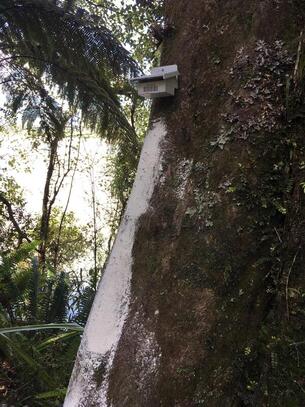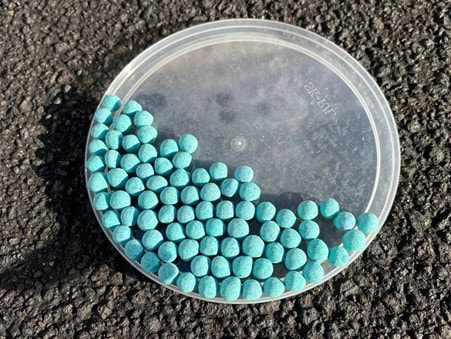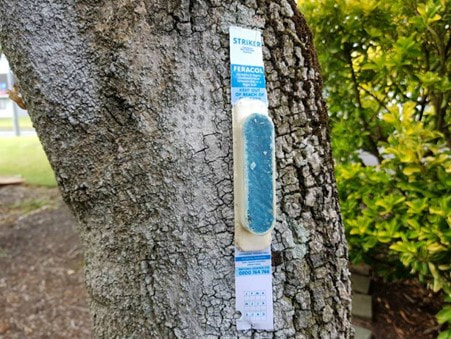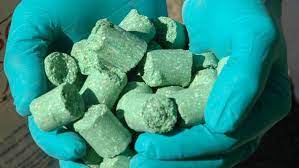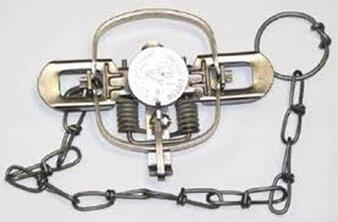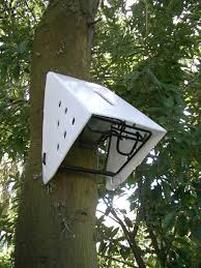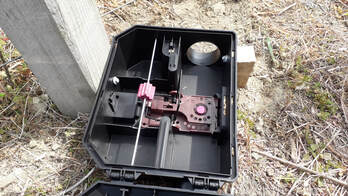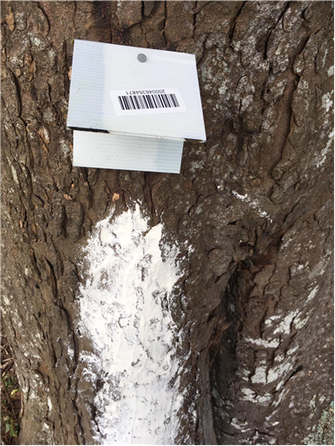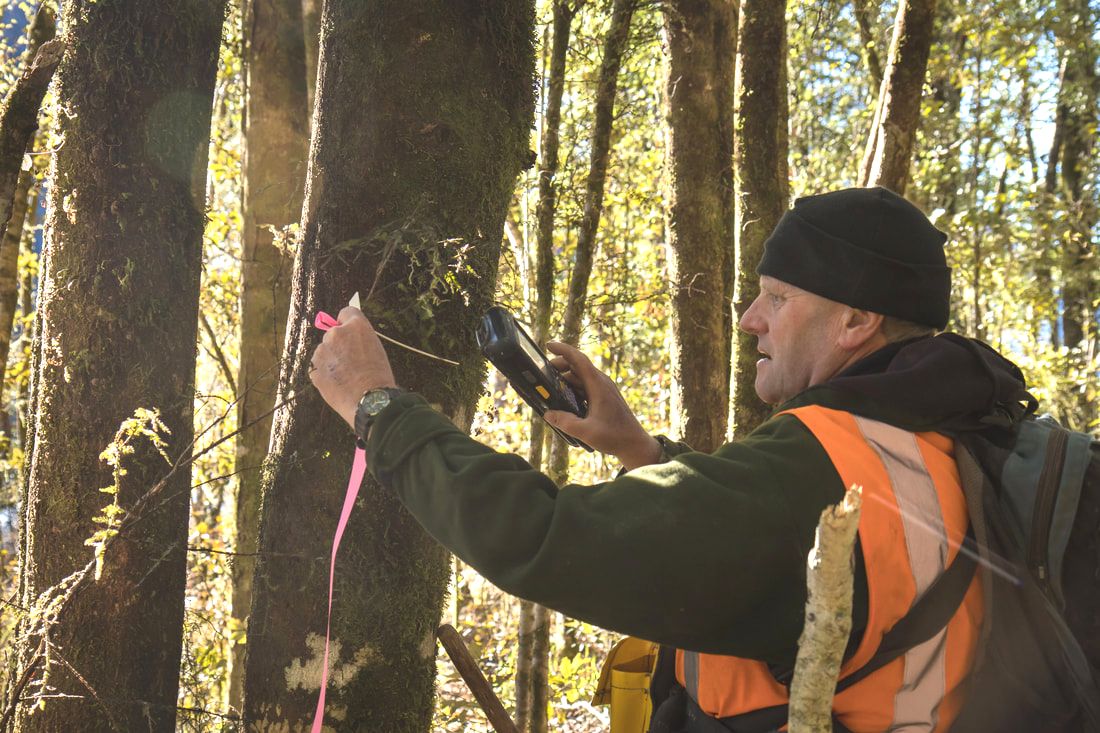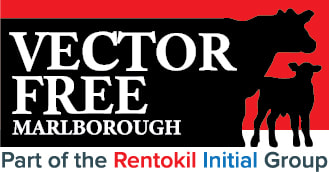Bait Stations
Bait stations containing encapsulated cyanide in the form of a pea-sized pellet, dyed green, containing 475g/kg of Potassium Cyanide, placed into permanent and/or biodegradable bait stations (bait bags and/or striker-baits) affixed to trees and structures such as fence posts.
Trapping
Leg hold and kill traps will be set in areas where it is not possible to use toxins or where field operatives believe an alternative method is required, for example when targeting feral cats, ferrets and stoats. In some instances, it may be necessary to use cage traps for live capture.
Traps will be raised set where ground birds are present. No flagging tape is to be placed near traps in Kea areas and traps should be set under cover of trees so as not to be visible from above.
- Leg-hold traps placed onto the ground or affixed to trees and structures such as fence posts above the ground.
- Kill traps affixed to trees and structures such as fence posts above the ground.
- Small cage traps for live capture placed onto the ground.
Traps will be raised set where ground birds are present. No flagging tape is to be placed near traps in Kea areas and traps should be set under cover of trees so as not to be visible from above.
Detection devices
|
Detection devices such as chew cards may be used for indicating possum presence prior to implementing control and also after control to demonstrate the effectiveness of control measures.
|
